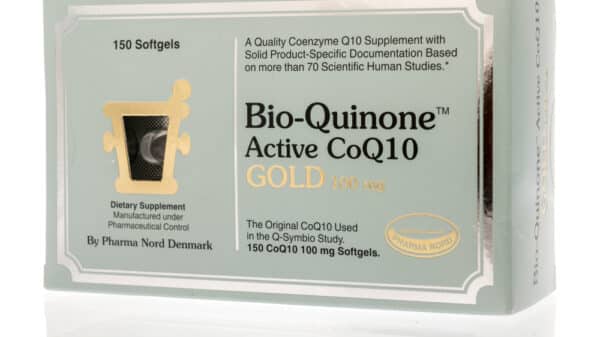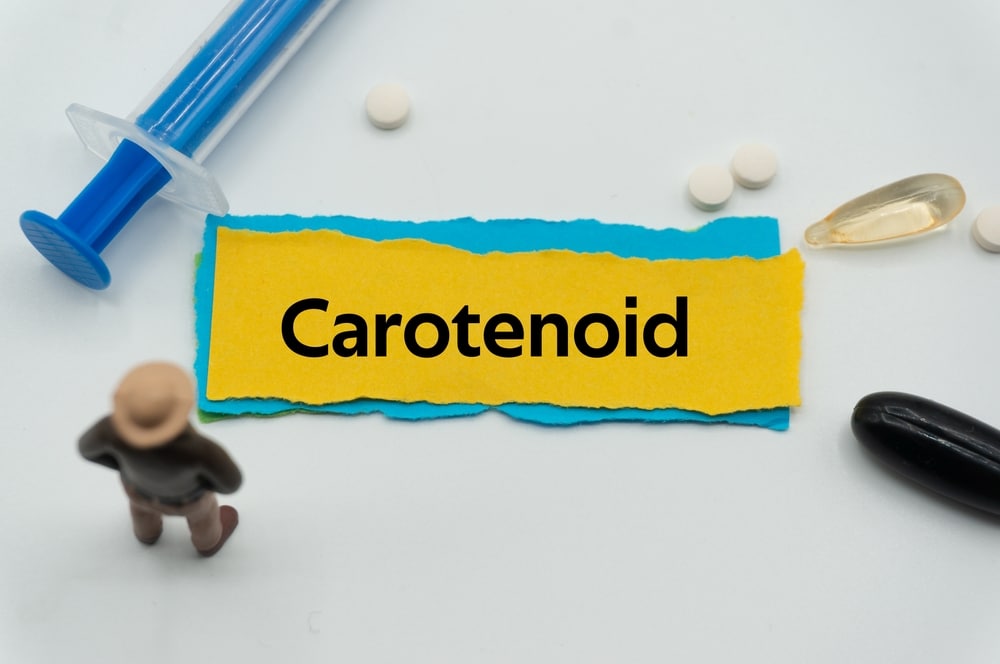Having a solid skincare routine is essential for maintaining a youthful and glowing complexion, and many of us rely on powerful ingredients such as vitamin C and retinoids to help achieve that goal. But here’s the truth: while a strong skincare regimen is important, it’s just one piece of the puzzle. The other critical factor? Your diet.
Recent research highlights the profound impact of specific nutrients on skin health, showing that what you eat can significantly enhance hydration, elasticity, firmness, and even the radiance of your skin. So, yes, that slice of pizza or that candy bar can add up over time—not in the way you hope!
You might’ve heard a lot of buzz about a certain antioxidant that’s taking the beauty industry by storm, and for good reason. Carotenoids, naturally occurring pigments found in many colorful fruits and vegetables, are being spotlighted for their potential benefits in combating visible signs of aging, and you might want to pay attention. Let’s dive deeper into why these incredible nutrients should be an essential part of your beauty routine.
Understanding Carotenoids
“Carotenoids are natural pigments that give many fruits, vegetables, and plants their bright yellow, red, and orange colors,” explains Jessica Shapiro, a registered dietitian and certified diabetes educator at Montefiore Medical Center in Westchester, New York. “These pigments are produced by plants and cannot be synthesized by our bodies, but when we consume them, they act as powerful antioxidants,” adds Kylie Amanda, a certified surgical dietitian and nutritionist.
There are about 750 known carotenoids, but don’t let that number overwhelm you. In our everyday lives, we primarily encounter a select few, found in common foods:
1. Alpha and Beta-Carotene – Think of vibrant foods like pumpkin, plantains, carrots, sweet potatoes, and leafy greens such as spinach. These might be hiding their bright hues behind green chlorophyll, but they’re still packed with goodness.
2. Beta-Cryptoxanthin – You’ll spot this carotenoid in sweet red peppers and juicy oranges—so the next time you snack, aim for those colorful picks!
3. Lycopene – Known for its presence in watermelon, tomatoes, and guavas, especially when processed—tomato sauce or ketchup, anyone?
4. Lutein – Find it in dark leafy greens like kale and spinach, and also in egg yolks. Just remember, while avocados have low levels of lutein, they offer other amazing health benefits.
5. Zeaxanthin – This one’s found in yellow corn, bell peppers, and egg yolk. Again, colorful choices rule!
The Impact of Carotenoids on Skin Health
To understand how carotenoids can be beneficial, we first need to grasp what happens to our skin over time and how these nutrients play a crucial role in the aging process.
The skin ages due to both intrinsic (think genetics and natural aging) and extrinsic factors (like sun exposure, pollution, and lifestyle choices). “Intrinsic factors relate to age and genetics, while extrinsic factors often stem from our lifestyle decisions,” explains Carmen Castilla, MD, a board-certified dermatologist in New York City.
Your skin, unlike your internal organs, is directly exposed to environmental factors that can fast-track the aging process. “A lot of what we view as skin aging arises from the detrimental effects of UV rays,” shares Richard Granstein, MD, chair of dermatology at Weill Cornell Medicine.
When your skin is assaulted by UV rays, it can trigger inflammation and lead to the creation of harmful reactive oxygen species (ROS). These ROS disrupt normal cellular operations, breaking down essential proteins like collagen and elastin and causing those unwelcome signs of aging—like fine lines, wrinkles, and that dreaded hyperpigmentation.
Here’s where carotenoids come in. These little powerhouses can help combat and even reverse some of the damage. “Carotenoids can mitigate UV-related harm by absorbing UV light and acting as free radical scavengers,” Dr. Castilla explains.
Plus, since carotenoids convert into vitamin A in the body (the same vitamin that retinol derives from), they help your body generate fresh collagen—yes, please!
Maximizing Carotenoid Benefits in Your Routine
1. Through Diet
“A colorful array of fruits and vegetables can significantly boost your carotenoid levels,” suggests Dr. Castilla. Aim for “eating the rainbow,” with a focus on those bright red, orange, and yellow options, whether they’re raw or cooked. And here’s a tip: don’t shy away from cooking! Certain cooking methods can actually enhance how well your body absorbs these nutrients.
Oh, and since carotenoids are fat-soluble, pairing them with healthy fats boosts absorption. So, next time you whip up a salad, think about adding some avocado or a drizzle of olive oil.
While you can find carotenoid supplements, Shapiro warns that it’s easier to consume too much of these from supplements rather than whole foods. You should be aiming for about 2-3 servings of carotenoids daily or a total of 20-50mg over three to six weeks to notice a difference in your skin. Just remember, it’s pretty hard to overdo it with fruits and veggies, but be cautious with those capsules!
Additionally, research shows that carotenoid levels can drop during colder months or after an illness, so keep those fruits and veggies coming year-round!
2. Topically
Applying carotenoids directly onto your skin also shows promise. A study from 2021 demonstrates that topical carotenoids can protect against oxidative stress—though they don’t perform quite as well as when you consume them.
Dr. Castilla emphasizes that while both methods increase nutrient levels in your skin, oral consumption tends to offer longer-lasting results. This is because topical carotenoids are stored in the uppermost layer of the skin, which is constantly renewing itself, leading to quicker depletion.
Even so, combining oral intake with topical applications is a smart way to harness the comprehensive benefits of carotenoids.
In short, a holistic approach that intertwines a vibrant diet rich in carotenoids with topical applications could be your best bet for radiant, healthy skin. So the next time you’re planning your meals or considering your skincare products, think about all those colorful options out there ready to support your journey to beautiful skin!
































